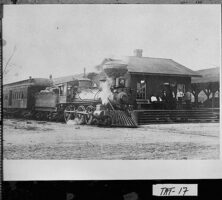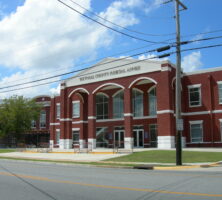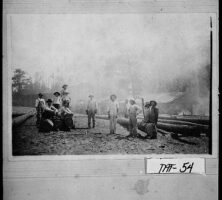Located in the Lower Coastal Plain of southeast Georgia, Tattnall County is the state’s twenty-fifth county and comprises 484 square miles. It was created in 1801 from Montgomery County and named for Governor Josiah Tattnall, a Savannah native who had once served as brigadier general in the state militia.
In later years other counties were formed from parts of Tattnall County: Toombs County (1905), Candler County (July 1914), and Evans County (August 1914). According to the 2020 U.S. census, the population of Tattnall County was 22,842.
Origins
The land in Tattnall County was originally held by Creek Indians. A large percentage of the earliest white settlers came from North Carolina and Virginia; many were recent veterans of the Revolutionary War (1775-83). Land was parceled out via the headright system, giving each family up to 1,000 acres of farmland. The region is covered with timber and wiregrass, unattractive to many farmers but suitable for raising cattle.
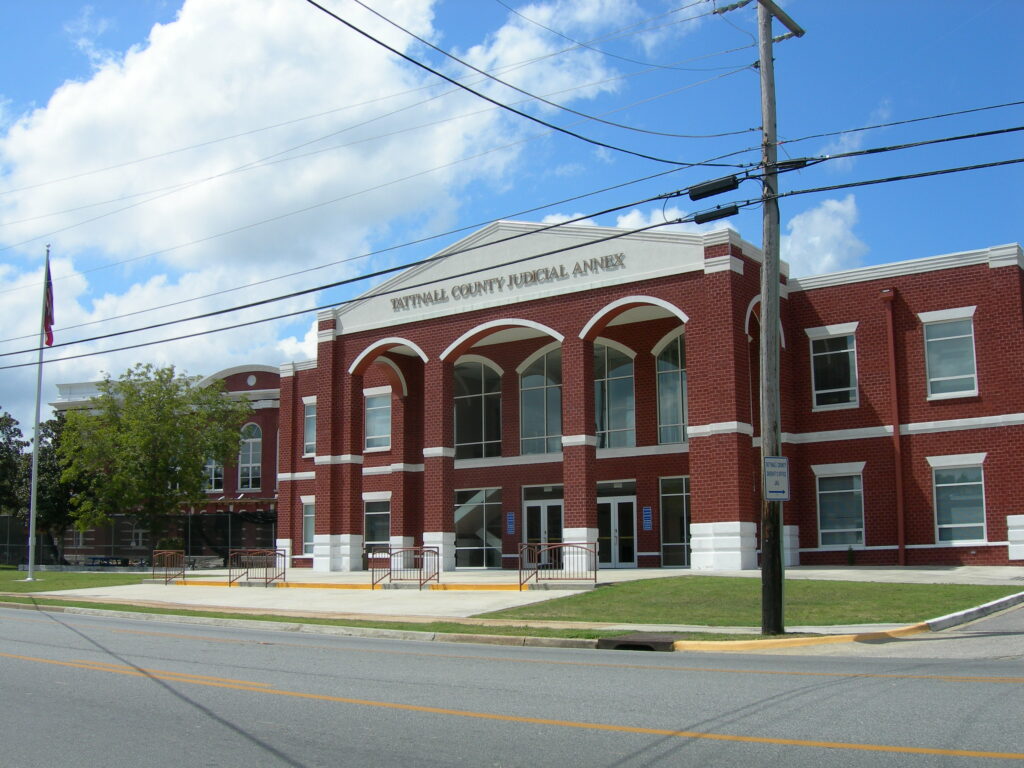
The county seat is Reidsville. There were no towns in Tattnall County when it was first created, so the state legislature ordered that county business be conducted at the home of Zacharia Cox, who lived at a spot on the Ohoopee River known as Drake’s Ferry, on the county’s western boundary. In 1807 or 1808 a log cabin in which to conduct the county’s business was built near Drake’s Ferry. About twenty years later, the county purchased land near the center of the county and built a new courthouse there. In 1832, when the county’s first post office was established at the location, the name Reidsville was chosen. The original courthouse in Reidsville was replaced circa 1854. This building, in turn, was replaced in 1902 by the current courthouse, which has been remodeled twice and was renovated in 1991.
Other incorporated towns in Tattnall County are Cobbtown, Collins, Glennville, and Manassas. Cobbtown (formerly called Quince), incorporated in 1905, was the only named community in the northern part of the county before the arrival of railroads in 1890. Collins, incorporated in 1905, was at first a train depot for the Savannah and Montgomery Railroad. Founded in 1890, it soon grew into a small rail center as businesses developed around it. Manassas is Tattnall’s smallest town. Founded in the late nineteenth century, it was named for Washington Manassas Foy, a local large landowner and turpentine manufacturer. Glennville is Tattnall County’s largest city.
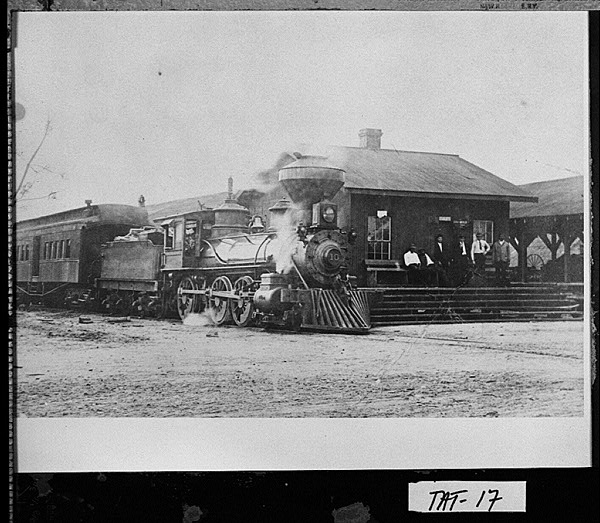
By 1849 there were a number of flour, grist, and sawmills in the county. Other feed crops, cotton, and livestock also made up substantial parts of the agricultural economy. Enslaved labor was important to the success of many farms. Despite this, the people of Tattnall County were squarely against leaving the Union when debates over secession were held. However, they loyally sent four regiments to fight for the Confederacy once the Civil War (1861-65) began. The county did not escape damage at the hands of Union general William T. Sherman’s soldiers on their march to the sea, and the courthouse was commandeered by Union troops for use in administering the loyalty oath to local men at the war’s end. Tattnall County underwent a long period of recovery after the war, finally receiving a much-needed economic boost when the Savannah and Montgomery Railroad built lines through the area in the 1890s. Between 1890 and 1900 Tattnall’s population nearly doubled.
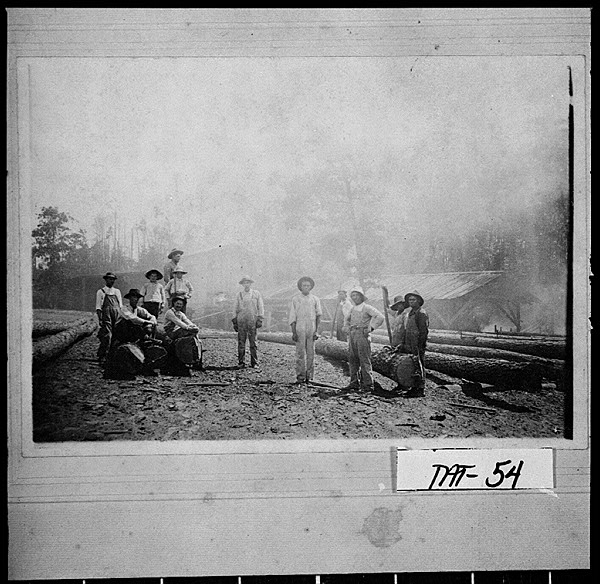
Economy
Agriculture, especially forestry, is a major economic force in Tattnall County, where a majority of the land is forested. The county produces more than 41 million broilers per year, making it one of the largest poultry producers in south Georgia. Another major agricultural product is the famous Vidalia onion, and Tattnall holds an annual onion festival each May. The state prison in Reidsville, which houses many of the maximum-security inmates in Georgia, is also a major economic influence.
Recently, Tattnall County has been working in partnership with the Georgia Institute of Technology’s Economic Development Institute to develop the county’s economy through the use of technology-driven solutions to its businesses and communities.
Recreation and Education
Points of interest include the Alexander Hotel in Reidsville, built in the 1890s and restored as the Greater Tattnall County Chamber of Commerce and Welcome Center; the Glennville Museum, with exhibits focusing on art, local history, and science; Gordonia-Alatamaha State Park; Big Hammock Natural Area and Wildlife Management Area, which contains more than 6,000 acres of hardwood forest along the Altamaha River and offers wildlife watching and hunting; and Beaver Creek Plantation in Cobbtown, which includes 4,500 acres for wild fowl hunting.

Brewton-Parker College operates a satellite campus in Glennville for traditional and nontraditional students, offering associates’ degrees and some upper-division courses.








